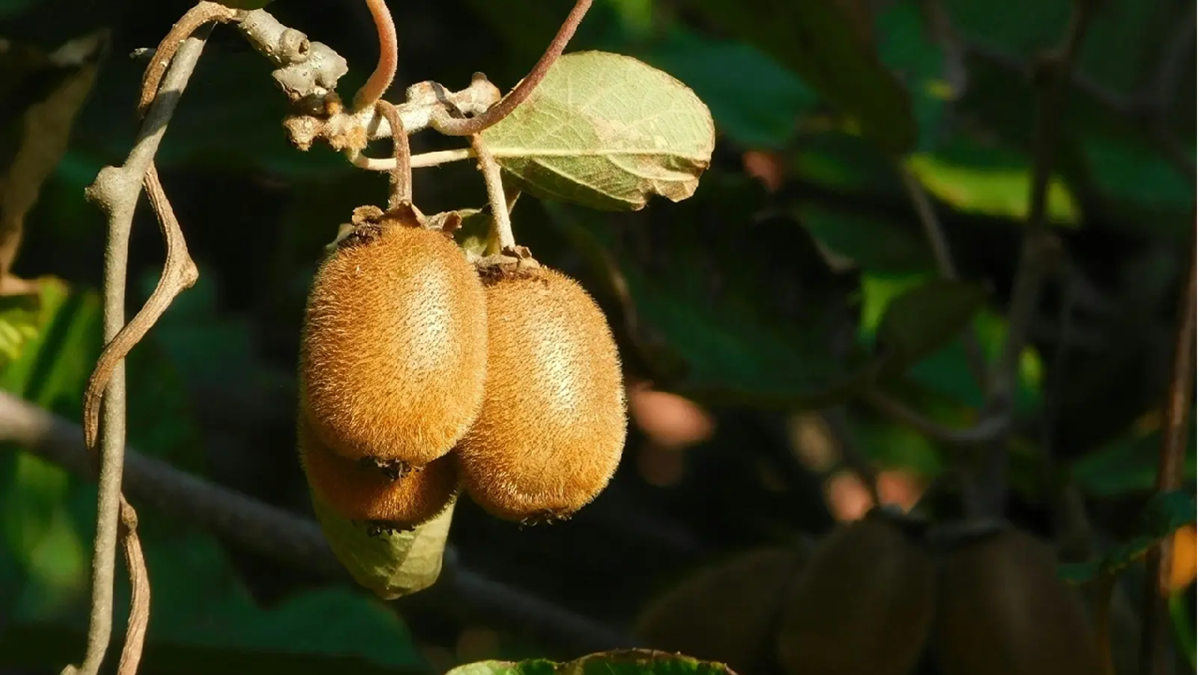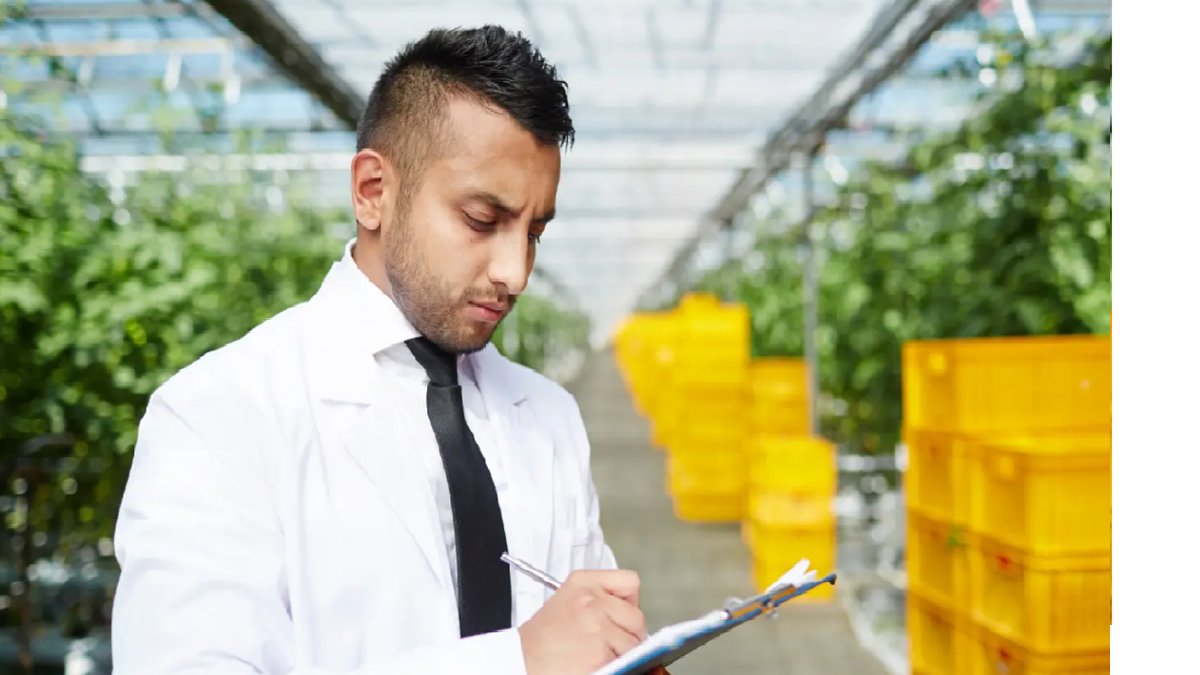Measurements
Reducing food waste with NIR spectroscopy
One way of increasing global food security is by reducing food loss throughout the supply chain. According to new estimates, about forty percent of food goes to waste, of which 50% is lost on farms. While consumers have some part to play in tackling food waste, farm and retail food loss must collectively be addressed by the food production industry. Accurate quality control and monitoring is an approach that has been proven effective. Here, we discuss some ways that precision gas analysis and NIR spectroscopy instrumentation can be used throughout the food supply chain to lower the rate of waste.
03 May, 2022
One way of increasing global food security is by reducing food loss throughout the supply chain. According to new estimates, about forty percent of food goes to waste, of which 50% is lost on farms. While consumers have some part to play in tackling food waste, farm and retail food loss must collectively be addressed by the food production industry. Accurate quality control and monitoring is an approach that has been proven effective.Here, FELIX INSTRUMENTS discusses some ways that precision gas analysis and NIR spectroscopy instrumentation can be used throughout the food supply chain to lower the rate of waste. Problems leading to food LossFood loss amounts to 1.2 billion tons annually, according to new estimates released in 2021 by a joint study by WWF (World Wildlife Fund) and Tesco. Most food loss, about 764 million tons, occurs on farms. 436 million tons of food loss occurs in the post-harvest stage - during transport, storage, manufacturing, and processing. There are several critical points in the food supply chain where precision agriculture tools can help: - More than half of vegetables are lost on the farm, where uneven ripening is one of the main causes, besides harvest processes. - Post-harvest, poor packaging and incorrect storage conditions can lead to food loss. Often, misshapen, or "ugly," produce is also discarded. - At the retailers, confusion over package labeling, "best before" dates, and "use before" dates cause customers to reject good food. Post-Harvest StagesFresh produce, as well as animal and dairy products, can be sold fresh for consumption or be processed. Sorting can help segregate farm products based on freshness for processing, sales, or storage. ProcessingNIR food quality meters can help processors in their choice of grains, oilseeds, fruits and vegetables for processing. NIR tools can also be for authentication of sources of raw materials to avoid later rejection by retailers or suppliers. Many processes continue to use portable, online, or inline NIR sensors to guide various processes by tracking the development of defining constituents. NIR spectroscopy-based tools can once again help in grading finished goods based on signature composition, which is vital to meeting strict regulations in international sales. Storage and ripeningFresh and processed food can be stored at room temperature or in cool, controlled atmosphere rooms. Handheld tools for ethylene, CO2, and O2 analysis used for constant monitoring of the atmosphere in simple or complex storage can extend storage time and maintain fresh produce quality. If ethylene gas levels increase, the rooms should be "scrubbed" to prevent premature ripening. For example, monitoring ethylene levels can control respiration in potatoes to extend storage time with reduced power use for cooling. The levels of oxygen and carbon dioxide will vary depending on the storage method and product type. Fixed tools, such as the Felix F-901 AccuStore & AccuRipe - Precision Atmosphere Controllers, will monitor and regulate the atmosphere, including scrubbing for ethylene. These tools are especially valuable in ripening rooms, where ethylene is introduced at controlled temperatures to ripen fruits and vegetables. Ethylene gas can also be used to detect the presence of certain fungal infections, in thin-skinned fruits like tomatoes and grapes, with gas analyzers. This can allow suppliers and retailers to cull spoiled food and protect the rest of the batch. Similarly, NIR spectroscopy tools can detect microbial spoilage that produces aflatoxin in rice and mycotoxins in maize. Regular checks followed by timely removal of spoilt portions can keep food safe and help to preserve staple grains. Packaging and labelingWhether sold fresh or processed, foods are increasingly being packaged using innovative methods to protect the freshness of vegetables, fruits, fish, animal, and dairy products. Methods like Modified Atmosphere Packaging (MAP) use targeted atmosphere mixtures to prevent microbial spoilage and odor development, and increase shelf life. Each kind of food product has an ideal storage atmosphere with defined ratios of oxygen, carbon dioxide, nitrogen, etc. In active MAP, these specified ratios are maintained by suitable packaging material, emitters, and scavengers. In contrast, passive MAP uses the interaction of food with its atmosphere to reach the desired air mixture. In both these cases, regular assessment of the enclosed atmosphere is necessary to look for gas leaks or changes in metabolites, as variations in temperature and length of storage can change the atmosphere. Gas measurement devices like the Felix handheld headspace & MAP analyzer, the F-920 Check It! Gas Analyzer precisely measure oxygen and carbon dioxide in real-time without damaging the integrity of MAP. This vital tool is currently used by suppliers and retailers to ensure their products have an appealing color, freshness, and quality to meet consumer preferences.












